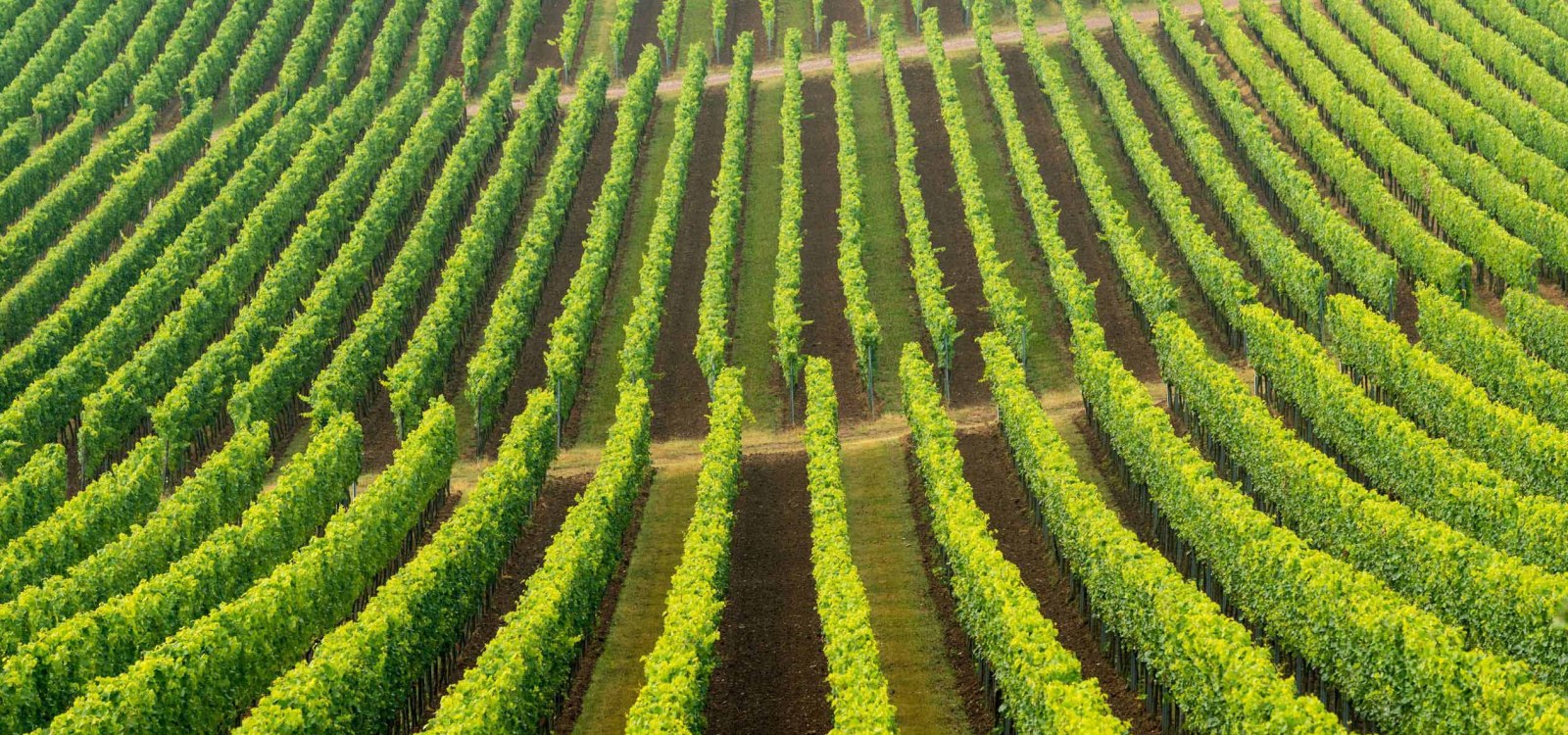
searchMenu



11,000 virgins, an open-air stage, a wide variety of wines. The name of the vineyard refers to the former Himmelgarten monastery in Alzey. It is dedicated to Saint Mary, the 11,000 Virgins and Saint John and was located in the western suburb of Alzey. Cistercian nuns lived there, since at least 1281. The single vineyard was first mentioned in a document in 1426 with the name "hinder hymmelgarten". No structural remains of the monastery are recognisable. However, the name remained. Various grape varieties grow on chalky, sandy loam. The…

The drink of the teacher - wines from the limestone Which doctor is meant here? The doctor, the schoolmaster, a scholar? It is assumed, that the rights to use the vineyard belonged to the village schoolmaster. Apparently he was a foodie, as the vineyard is pure limestone. The humus layer is very thin. This produces mineral and salty wines. The acidity is well buffered by the limestone. Especially Pinots grow very well here. In former quarries - used by the inhabitants for centuries – dedicated winegrowers planted vines again.…

Once owned by the counts: limestone-rich vineyards for elegant wines Birds of prey certainly fly their courses here, but they are not the origin of the name. Above Dienheim lies the "Falkenberg" vineyard. The name probably goes back to the "Counts of Falkenstein". In 1423, the mayor and council of the town of Oppenheim had jurisdiction over the Dienheim field parcel. From 1429 to 1497, Oppenheim belonged to the Counts of Falkenstein. So the people of Dienheim were also subjects of the counts. The Falkenberg stands for fine-fruited, elegant…

The layer designation is based on a former cross chapel.

The location name is based on the castle near Dexheim, of which only part of the tower is left after a fire in 1683.

Military horsemen, noble tables and fertile soils In the Middle Ages, noble families received tributes from their people: pigs, cheese or wine. The so-called "Tafelgüter". It is assumed that the camp name "Tafelstein" refers to this. The vines between Dienheim and Ludwigshöhe grow on deep loess, loam and lime marl. Ideal for Riesling, Pinot Noir and other varieties. The soils are fertile with good water storage capacity. The "Siliusbrunnen" (Silius Well) located there refers to the horseman Silius, who served in a Roman cavalry…

Riesling - Powerful and precise like a bird of prey Buzzard, hawk or sparrowhawk: birds of prey lie in wait for their prey and strike with lightning speed. In the Middle Ages, they were known as "vultures" (from the Middle High German gīr). Presumably, the location in Dittelheim is called so because of the large number of these birds. The "Geiersberg" is located at the foothills of the Kloppberg. The vines stand on deep, calcareous clay marl - rich in calcium, potassium and magnesium. In the glass, the wines reflect powerful minerality.…

Rieslings at lofty heights and with chalky soil With up to 280 metres above sea level, this site is one of the highest in Rheinhessen. It also faces east/northeast - a highly interesting site in the wake of climate change. On heavy clay marl "Pelosol" soils with fine limestone inlay, mainly Rieslings thrive here. Cool evening winds are ideal for the "grande dame" of grape varieties. Wines with a distinctive acidity and minerality, depth and elegance are produced. The name "Klopp" first appeared in documents in 1537. The name goes back to the…

Oh, how delicious, this vineyard, these wines! One of the most melodious vineyards in Rheinhessen - and no one really knows where the name comes from! The Middle High German word "lecken" is derived from the Old High German "lecchōn" and refers to something particularly tasty. Does it refer to the tasyts wines? The salt licks for game? Or something completely different? The vineyard was first documented in 1562 with the name "im Leckerberg". The vines grow on terraced slopes above the village on a wide variety of soils such as chalky…

Simple wayside cross with view towards Petersberg The single site runs west of the village, in the direction of Petersberg. It was mentioned in a document in 1501 with the name "am Crutzeberge". The site designation is based on an old field cross. A "Flur" is a delimited piece of land, thus an area designation. In former times one also spoke of "Flurnamen", quasi a similar counterpart to today's site designations. There is still a cross on the Kreuzberg today, but it is a classic, simple wayside cross. A bench invites you to rest. Different…
Rheinhessenwein e.V.
Otto-Lilienthal-Straße 4
55232 Alzey
E-Mail: info@rheinhessenwein.deRheinhessenwein e.V.
Otto-Lilienthal-Straße 4
55232 Alzey
E-Mail: info@rheinhessenwein.de